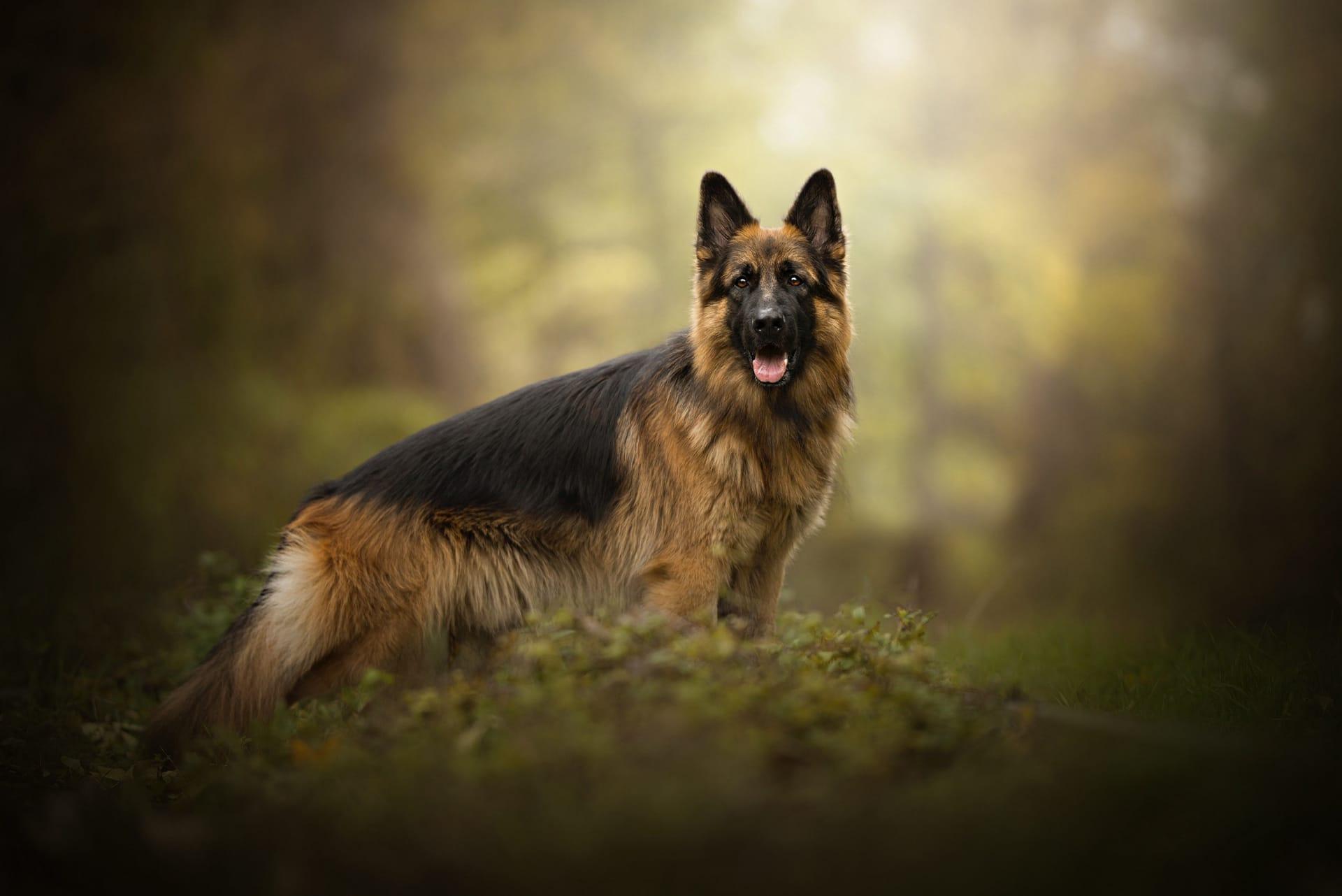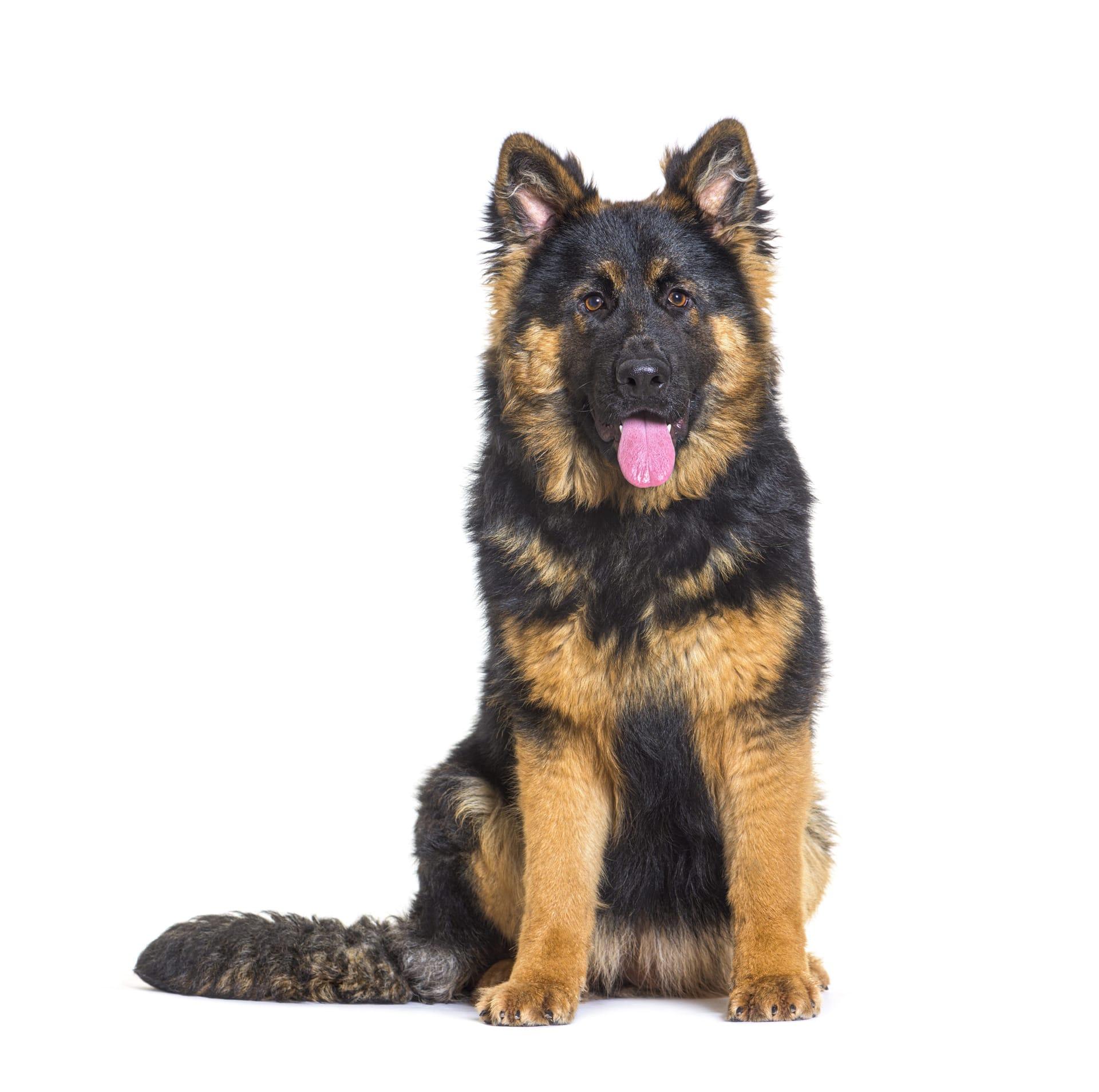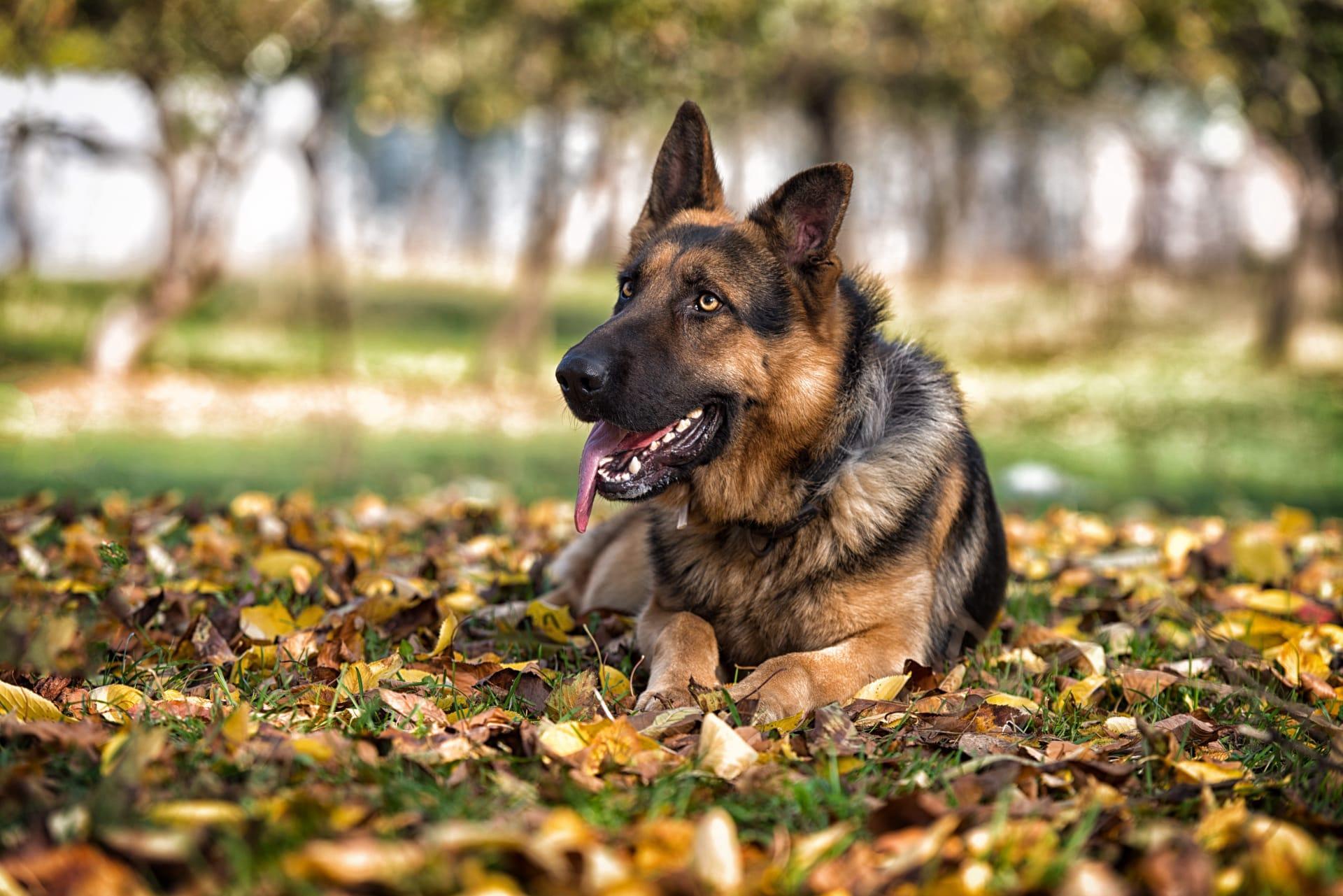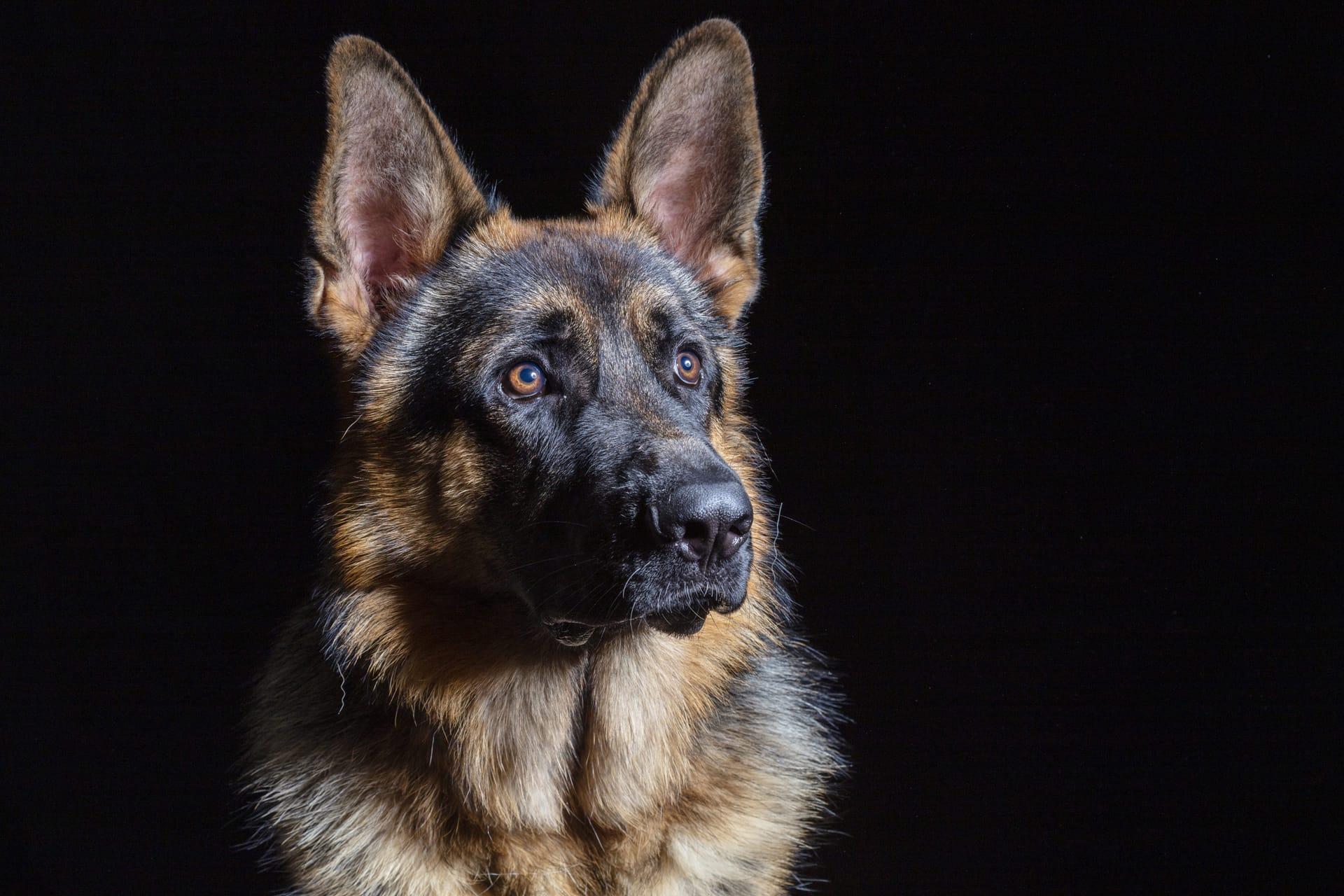1
German Shepherds were originally bred in Germany in the late 19th century by Max von Stephanitz, who aimed to create the ideal herding dog. This breed's intelligence and strength were so impressive that their roles quickly expanded beyond herding. By the early 20th century, German Shepherds were enlisted for various tasks including military and police work, thanks to their keen sense of smell and ability to work under pressure. Their versatility was recognized worldwide, especially during World War I, where they served as Red Cross dogs, messengers, and guard dogs, showcasing their loyalty and bravery.
One of the most remarkable German Shepherds was Rin Tin Tin, a canine movie star who appeared in 27 Hollywood films during the 1920s and 1930s. Rin Tin Tin was rescued from a World War I battlefield by an American soldier, Lee Duncan, who noticed the dog's intelligence and trained him to perform tricks. Rin Tin Tin's movies were massive hits, saving Warner Bros from bankruptcy and making the German Shepherd breed famous across the United States. This led to a significant increase in the breed's popularity, establishing it as a symbol of courage and fidelity.

2
German Shepherds are known for their exceptional intelligence, ranking third behind Border Collies and Poodles in Stanley Coren's "The Intelligence of Dogs." This makes them highly trainable, capable of learning complex commands after just a few repetitions. Their cognitive abilities are matched by a strong work ethic, making them ideal for challenging roles such as search and rescue operations, where they can navigate through difficult terrains and conditions to locate missing persons or disaster victims with remarkable efficiency.
The breed's physical capabilities are equally impressive. German Shepherds have a distinctive gait known as the "flying trot," where they can cover ground quickly without much effort, reaching speeds up to 30 miles per hour. This endurance and agility stem from their well-proportioned body, strong back, and powerful legs, enabling them to maintain high speeds over longer distances than many other breeds, making them excellent companions for active individuals and a top choice for K-9 units in law enforcement agencies.

3
German Shepherds have a unique double coat consisting of a dense outer layer and a softer undercoat, designed to protect them from harsh weather conditions. This adaptation was crucial for their original herding roles in Germany's cold climates, providing insulation against cold and heat alike. The coat requires regular grooming to maintain its condition and manage shedding, especially during the spring and fall when they "blow" their undercoats, a process where they shed their undercoats completely to adapt to seasonal temperature changes.
Despite their tough exterior, German Shepherds are known for their strong bonding with families, often being described as "velcro dogs" due to their desire to stay close to their human companions. This loyalty, combined with their protective instincts, makes them excellent family pets and guardians. However, it also means they require ample socialization and mental stimulation to prevent the development of overprotectiveness or anxiety, underscoring the importance of training and engagement in their daily routines.

4
The versatility of German Shepherds extends beyond their work capabilities to their participation in canine sports. They excel in activities such as agility, obedience, and Schutzhund—a sport that tests a dog's tracking, obedience, and protection skills, originally developed for German Shepherds. Their intelligence and physical prowess make them standout competitors, showcasing their ability to follow complex commands, navigate obstacle courses with agility, and demonstrate disciplined protection work, reflecting their well-rounded attributes as both working dogs and companions.
German Shepherds have also made significant contributions to medical and therapeutic fields, serving as service dogs for individuals with disabilities and as therapy dogs in hospitals, schools, and retirement homes. Their empathetic nature and ability to be trained for specific tasks, such as opening doors, fetching items, or providing emotional support, have made them invaluable companions to those in need. This adaptability underscores the breed's unique combination of intelligence, sensitivity, and versatility, further cementing their status as one of the most beloved and capable dog breeds.

5
One of the lesser-known facts about German Shepherds is their contribution to scientific research, particularly in the study of canine genetics and behavior. Due to their well-documented pedigrees and diverse roles in various fields, they have been subjects in numerous studies aimed at understanding genetic predispositions to diseases, behavioral traits, and the effects of training and environment on canine development. These studies have not only provided insights into the breed's health and behavior but also contributed to the broader understanding of domestic dogs' genetics and cognition.
German Shepherds have a notable presence in search and rescue efforts during disasters, thanks to their strong sense of smell, intelligence, and ability to work in challenging environments. Their contributions have been particularly significant in the aftermath of earthquakes, where they have been known to locate survivors trapped under rubble. The breed's physical endurance, keen senses, and training enable them to navigate through debris and confined spaces, often saving lives by alerting rescue teams to the presence of survivors, showcasing their bravery and the critical role they play in emergency response teams.